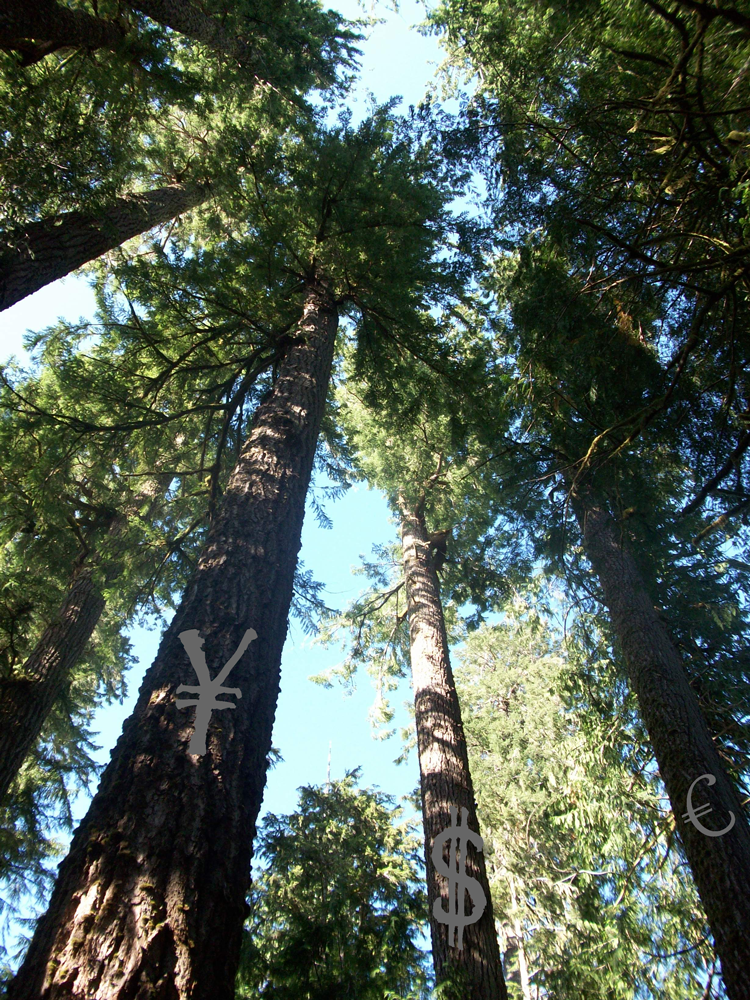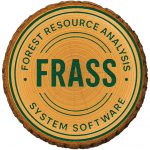Forest Econometrics
FRASS applies financial management insights unlike anything applied to timberland properties before.

Financial Optimization
Forest Econometrics is where forestland owners and managers come to gain a clear understanding of financial optimization. Forestland physical site characteristics gain clarity in economics. Forestlands grow trees, with some sites being more productive than others. We use technologies to gain a firm understanding of what “productivity” means for all resources of the land. This is where forestland financial optimization is discovered. We provide actionable guidance to achieve forestland ownership goals.
Timber
Commercial forestlands are located in market areas where timber logs are bought and sold in competitive markets. Whether forestlands are highly productive or marginally productive, they are financially supported by the landowner. Private and corporate landowners pay property taxes, maintenance fees, forest health management, and planning. This is where we focus attention.
Non-Timber
Forestlands produce more than logs to be milled into lumber, chipped into pulp, or burned for heat. Forestlands are part of the landscape. They protect soils and filter precipitation as it becomes river water. They serve as wildlife habitat. Forests sequester carbon in stems, roots, branches, and needles/leaves. Forestlands also provide aesthetic beauty for people to enjoy and a sense of continuity.
Forestlands have served as part of Indigenous peoples’ culture since time immemorial. They have been protection barriers, fuel sources, and anchors to spiritual ethos. Forestlands—together with rivers, mountains, valleys, fish, and wildfire—define Indigenous norms and traditions.
Advanced Analysis Delivered to Your Forestlands
Every tree, stream, and habitat carries a unique signal. Today we integrate data on trees, wildlife, birds, fisheries, aquatic systems, soils, water, Indigenous traditions and norms, and the livelihoods they sustain. This is how FRASS delivers integrated, actionable insight.
All forest ecosystems have a temporal as well as a spatial dimension
Forest ecosystems generate wood production and create habitat and recreational values. They continue Indigenous population traditions and norms while providing wildlife habitat. To a large degree, these depend on the underlying ecosystem structure—especially its micro-structure. Ecosystem managers collect specific data to guide activities on the land. Much of these data are collected with timber production as the primary goal, but the same datasets can be extended to embrace much more.
All forest ecosystems have a temporal as well as a spatial dimension
Forest ecosystems, generate wood production, create habitat and recreational values. They continue indigenous population traditions and norms while providing wildlife habitat. To a large degree these depend on the underlying ecosystem structure. This is made more specific especially on its micro-structure. Ecosystem managers collect specific data to help guide activities on the land. Much of these data are collected with timber production as the primary goal. But, this can eclipse these targets to embrace so much more.
This is what we do
Forest Econometrics defines value in forestland investment—whether through timber harvest, carbon storage, fisheries productivity, wildlife habitat, or cultural continuity. Each represents a measurable form of return. We merge ecological function with financial performance to reveal true asset potential.
Forest Econometrics is part of D&D Larix LLC, a natural-resource consulting company combining geospatial analysis, forest economics, and advanced planning tools to help clients achieve their goals.
The ‘users’ of these tools are increasingly people who are one or even two generations younger than those of us who started this party. They will not tolerate the quality of the legacy tools. Their experience is not in enterprise software, it’s the consumer web, where things are engaging and actually work …”
FRASS is one of these solutions. It moves data into operational status for decision-making. Sharing it with co-workers, clients, and investors makes it actionable.
— Neil Raden, Analyst and Consultant, Hired Brains
Now let’s do it!
A Fresh Look at Your Familiar Forest Resource
To capture this broad canvas, we create technologies blended with traditional forest management techniques. The strategies we carry forward have sustained the test of time and reason. This aids resource managers in the task-at-hand. We use a combination of new technologies to articulate forestland resources:
Your Forestlands, Your Data
- Geographic Information Systems (GIS): spatial polygons for roads, streams, features, and habitat.
- Digital Raster Imagery: including LiDAR at sub-meter resolution.
- Aerial Photography & Satellite Imagery: multi-spectral datasets capturing forest and terrain features.
- Forest Biometrics: species, habitat, density, and health modeled through time.
- Forest Econometrics: linking micro- and macroeconomic forces to each forest’s market context.
Online Access to Discover New Opportunities
These tools empower professionals seeking the highest returns from their forestland investments. They are integrated in the Forest Resource Analysis System Software (FRASS)—developed by Dr. William Schlosser of D&D Larix LLC.
FRASS processes input data, applies econometric algorithms, and delivers defensible reports to managers, investors, tribes, and agencies through a secure, permission-based system.
Visitors may request a no-cost virtual tour of the FRASS demonstration site to explore how these analyses guide property-specific decisions.


